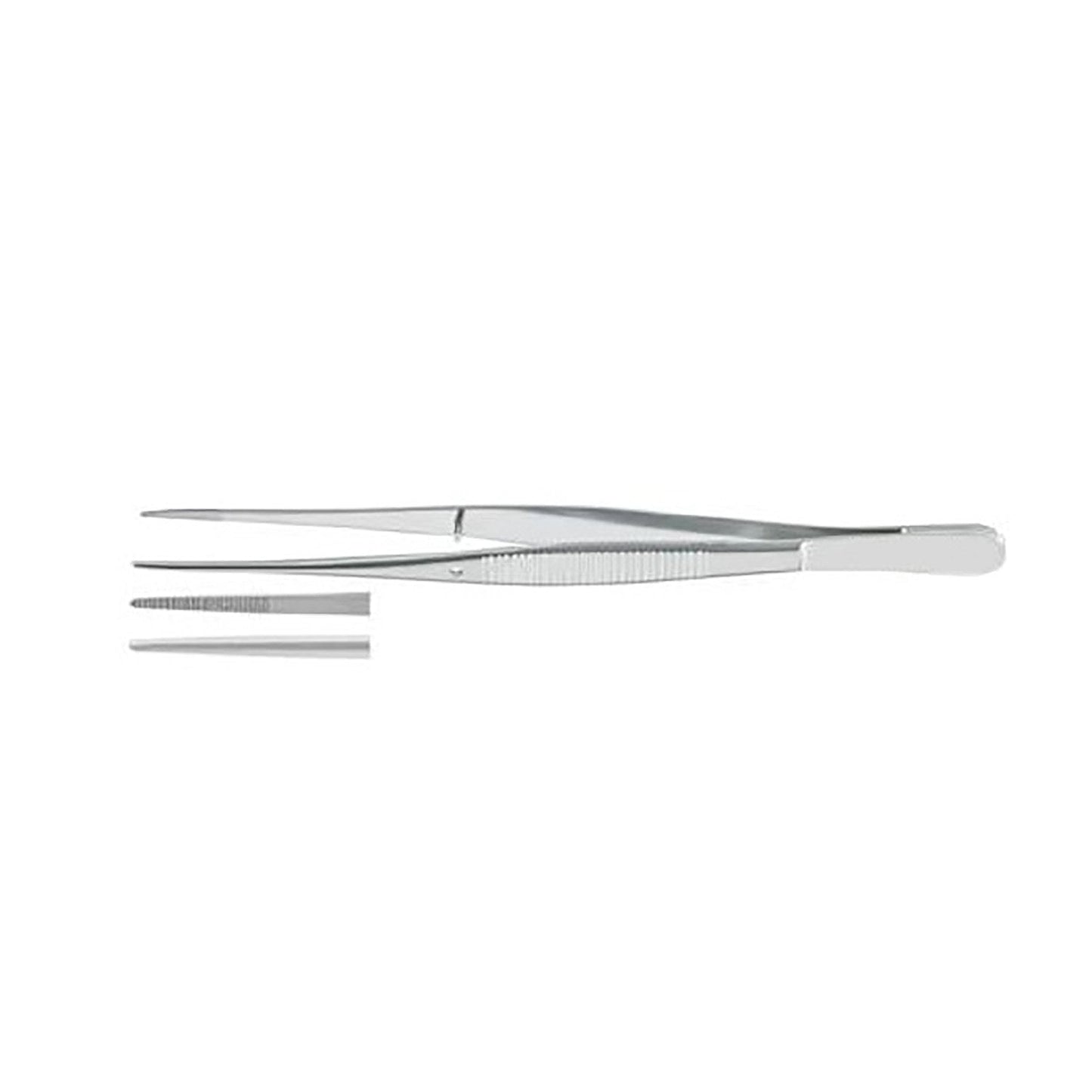


Semken Dressing Forceps: A Precision Instrument for Wound Care and Surgery
In any medical environment where wound care, adjustments to dressings, and even minor surgery are performed, the use of precision instruments is essential. One tool that stands out due to its blend of simplicity, reliability and efficacy is Semken Dressing Forceps. Semken dressing Forceps. They are renowned for their slim style and precise tipping; semen forceps are frequently utilized in hospitals, outpatient clinics, surgical suites and emergency rooms all over the world.
This article provides a comprehensive description of Semken Dressing Forceps, including their features, functions, advantages, maintenance, and a comparison with similar instruments. If you're a nurse, medical student, surgeon or operating room technician, knowing how to use this instrument is essential to ensure optimal patient care and the success of your procedure.
What Are Semken Dressing Forceps?
Semken Dressing Forceps are a kind of forceps that are not locked and are specifically created to be used for handling gauze, dressings and delicate tissues during clinical or surgical procedures. Their slim build and serrated, tapered tips are ideal for work in narrow or small anatomical regions, minimizing the risk of injury.
Key Features:
- Straight or curving jaws with fine serrations to provide grip
- Tips tapered to gain access to confined or deep spaces
- Design with no teeth to limit trauma to tissues
- Spring-action control to ensure exact control
- Made of surgical-grade stainless steel for strength and sterility.
Primary Uses of Semken Dressing Forceps
Although the name implies an emphasis on dressing removal and application, Semken forceps serve multiple functions in both surgical and outpatient situations:
1. Dressing Application and Removal
- It is used to remove and place sterilized dressings without contamination
- It ensures hygiene and shields the wounds from infections
2. Wound Cleaning and Debridement
- Perfect for holding cotton balls, gauze, or antiseptic swabs.
- It is used to clean chronic or acute wounds, particularly in sensitive areas.
3. Minor Surgical Assistance
- A useful tool for grasping small structures during minor surgical procedures.
- It is possible to manipulate delicate tissues without inflicting injuries.
4. Suture Assistance
- Helps to hold tissues or skin in place when suturing
- It assists in placing sutures in difficult-to-reach or narrow areas.
5. Ophthalmic and ENT Procedures
- This slim-profile design is perfect for procedures that require access to the nose, eyes, ears, and throat.
Benefits of Using Semken Dressing Forceps
1. Precision Handling
The sharp tips permit precise manipulation of delicate substances and tissues, making forceps perfect for tasks that require precision.
2. Atraumatic Design
In contrast to forceps with teeth, Semken forceps are non-traumatic and minimize the risk of damaging or tearing tissue.
3. Sterility and Hygiene
Semken forceps can help ensure the sterility of wounds by permitting dressings to be removed without touching, which is particularly important in environments with a high risk of infection.
4. Ergonomic Control
The spring-action design provides an incredibly firm yet gentle grip without demanding excessive stress from the wearer. This reduces fatigue over long processes.
5. Versatility
The forceps can be utilized in various medical disciplines, including general dermatology and surgery, as well as gynecology and ophthalmology.
Types and Variations
Semken forceps can be found in various forms to cater to the specific needs of a particular clinic:
- Straight Semken Forceps The most often used for general dressings and cleaning tasks for wounds.
- Curved semen forceps allow greater visibility and access within tight spaces or in confined zones.
- Semken and Fine Tips Useful in delicate or microsurgical procedures.
- Regular and long sizes have lengths that usually vary between 12 and 18 centimeters, with larger models offering a longer reach.
Comparative Study with Other Dressing Forceps
InstrumentTip StyleGrip TypeUse Case
Semken Forceps Fine, non-toothed, Serrated, Precise, gentle tissue/dressing work
Adson Forceps Toothed or non-toothed Serrated Tending skin or tough tissue
Dressing Forceps (Standard) Blunt tips Serrated General dressing handling
Bayonet Forceps Angled Serrated Deep cavity and ENT procedures
Semken forceps have a greater degree of sophistication than standard forceps, are more gentle than toothed models, such as Adson forceps, and are dressed.
Care and Maintenance
To ensure hygiene and longevity:
- Cleanse immediately after use by soaking in water and using an enzyme solution.
- Utilize ultrasonic cleaning devices to remove fine particles.
- Sterilize an autoclave at the right temperature and pressure.
- Check regularly for alignment issues, such as tip corrosion, tip alignment, or mechanical damage.
Store them in a dry, sterile area and try to avoid dropping or pushing them, as this could cause them to become misaligned.
Conclusion
Semken dressing forceps might appear to be an insignificant part of the wound or surgical set-up, but their contribution to the accuracy, hygiene and safety of patients is indisputable. Their sleek, abrasive design and precise tips make them an ideal option for delicate procedures, particularly in situations where sterility and accuracy are crucial.
In the event of aiding in surgery, such as suturing, wound dressing, or even minor tissue handling, Semken forceps are a reliable partner in the hands of highly skilled medical professionals. Proper use and regular maintenance will ensure that this basic yet indispensable tool can deliver high-quality performance in various situations within the clinic.




 For Bulk Order Whatsapp US
For Bulk Order Whatsapp US